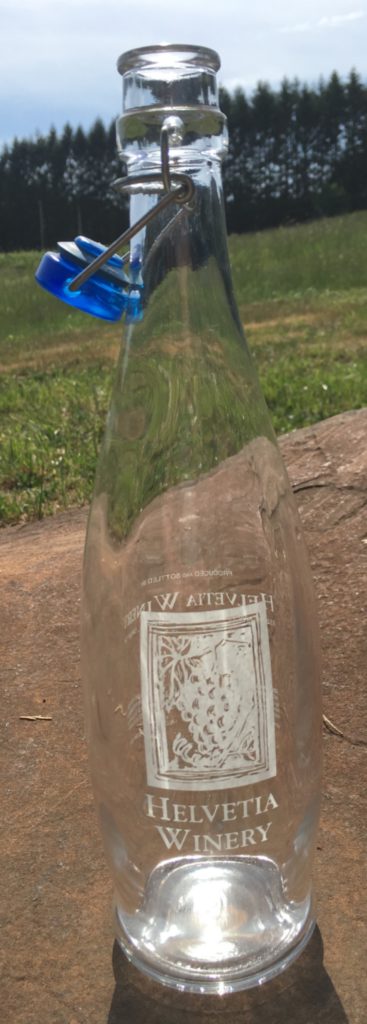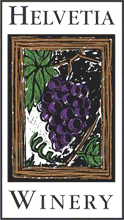Why the Bouteille?

At about the same time the Oregon Legislature was considering a bill to permit wineries to fill customers’ containers with their favorite wine, I had occasion to bring a pickup load of used bottles to Far West, our local recycling depot. As I considered the $6 I had paid for each carton when new and watched the massive diesel-fueled excavators break the glass bottles into bits, I thought about the waste of money and energy our well-intentioned effort initiated. Once the so-called “wine growler” bill was unanimously adopted into law, Helvetia was among the first Oregon wineries to dispense wine into reusable bottles. When a long-time customer complained that the word “growler” was not appropriate for fine wine because of its other “locker room” definitions, we searched for a new term and adopted the French word for bottle, la bouteille, since it had a more appealing sound and a clear definition . . . if pronounced correctly. We were buoyed by the fact that Oregon’s DEQ announced late in 2013 that at least half of the bottles collected for recycling were actually deposited in landfills anyway because of price considerations and the need to facilitate waste liquid flow.
Our bouteilles are actually liter bottles rather than the traditional 750 ml wine bottle and, because you buy and refill the bottle, we are not burdened with the cost of the bottle, cork, label, and closure seal, our customers get the benefit of an additional one-third of a bottle that is fresher than traditionally-bottled wine because of the effects of the traditional bottling process. Plus, customers have the comfort of knowing that their wine pleasures are not diminished by the empty bottle becoming just one more addition to a stinking landfill. So next time you come by the Jakob Yungen House, buy by the bouteille and say bye-bye to the bottle.*

